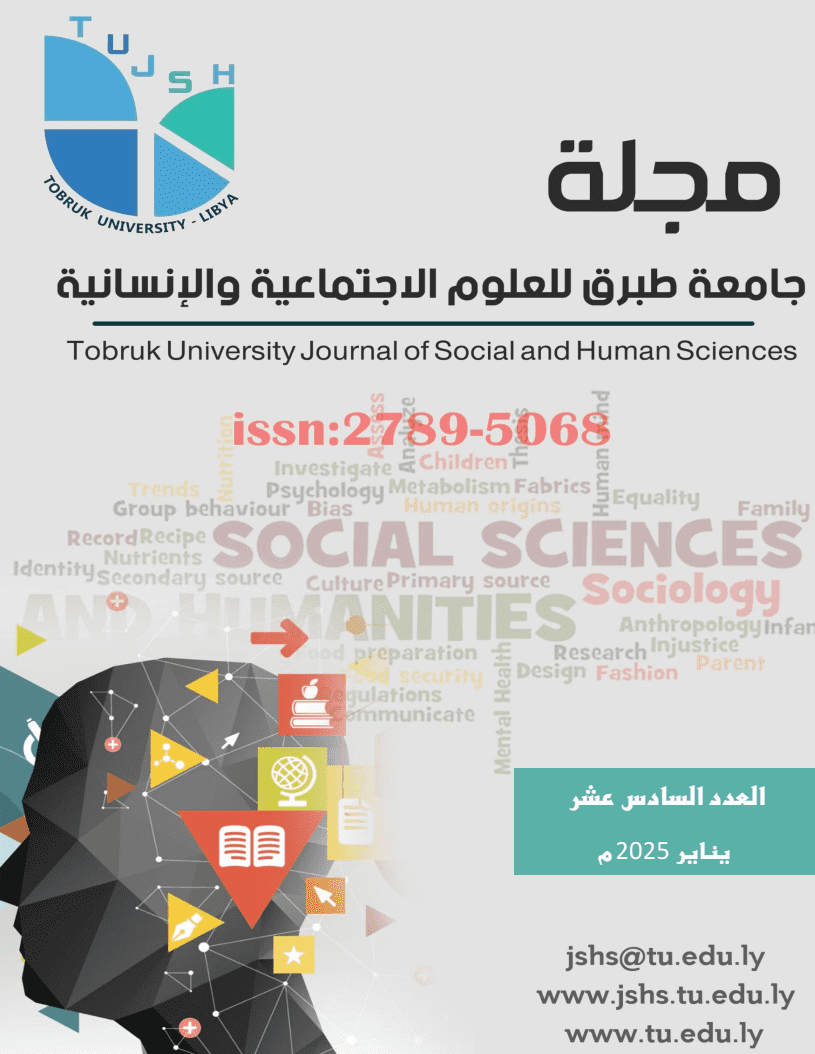An Error Analysis Study of Two Second Language Learners of English”
DOI:
https://doi.org/10.64516/a3vtpj34Keywords:
First Language, Second Language, Learners, Error, AbilityAbstract
Human beings have found many different means of communicating their ideas, opinions, attitudes and feelings. These means vary from spoken utterances to signs. There are several languages spoken widely by millions of people all over the world which are given specific names in particular regions such as English in America and Britain, French in France, German in Germany, Hindi in India, and Bengali in Bangladesh for example. Some of these languages are well recognized and used as first or second languages such as English and French. English language is as familiar as a currency to be used all round the world every day. The main reason for its popularity is the political and economic power of the people for whom it is the first language.
The importance of this paper is to present two case studies showing world Englishes. The aim of this study is to analyze the mistakes committed by learners of English through interviewing and observing them. The learners come from different countries with various dialects. The first one is from Libya and the other is from Egypt. Additionally, they might have been taught English by second language teachers. The cultural and the social background of each group might have effects on their learning. They might study different materials. Other factors might also interfere with their learning
Downloads
References
1. Burn, A & Coffin, C (2001) Analysing English in a Global context. London: Routledge
2. Brown, H (2007) Principles of language learning and teaching. 5th ed. White Plains, V.Y: Pearson Longman
3. Crystal, D (1997) English as a Global language. 2nd ed. Cambridge: Cambridge University Press
4. Crystal, D (2003) English as a Global language. 2nd ed. Cambridge: Cambridge University Press
5. Cook, V (2008) Second language learning and language teaching. 4th ed. London: Hodder
6. Ellis, R. (1986) Understanding second language acquisition. Oxford: Oxford University Press
7. Ellis, R. (1990) Instructed second language acquisition. Basil Blackwell
8. Ellis, R. (1997) Second language acquisition. Oxford: Oxford University Press
9. Ellis, R. (2006) The study of second language acquisition. 2nd ed. Oxford: Oxford University Press
10. Hall, D. & Hewings, A. (2001) Innovation in English language teaching. London: Routledge in association with Macquarie University and the Open University
11. Harmer, J. (2007) The practice of English language teaching. 4th ed. Harlow: Pearson Longman
12. Krashen, S. (1982) Principles and practice in second language acquisition. Oxford:pergamon
13. Kosper, G. & Blum- Kulka S, (1993) Interlanguage pragmatics. New York: Oxford University Press DOI: https://doi.org/10.1093/oso/9780195066029.001.0001
14. Kachru, B.& Kachru, Y and Nelson, C. (2009) The hand book of world Englishes. Chichester: Wiley- Black well
15. Lightbown, P. & Spada N, (2006) How languages are learned. Oxford: Oxford University Press
16. Mitchell, R. & Myles, F.(2004) Second language learning theories. Toronto: Pippin publishing Corporation
17. Orafi, S & Borg, S (2008) Intentions and realities in implementing communicative curriculum reform. University of Leeds. Leeds DOI: https://doi.org/10.1016/j.system.2008.11.004
18. Swan, M & Smith, B (2001) Learner English: a teacher’s guide to interference and other problems. 2nd ed. Cambridge: Cambridge University Press DOI: https://doi.org/10.1017/CBO9780511667121
19. Vanpatten, B & Benati, A. (2010) Key terms in second language acquisition. London: Continuum
Downloads
Published
Issue
Section
License
Copyright (c) 2025 أ. سالم اعبيد (Autor/in)

This work is licensed under a Creative Commons Attribution 4.0 International License.








